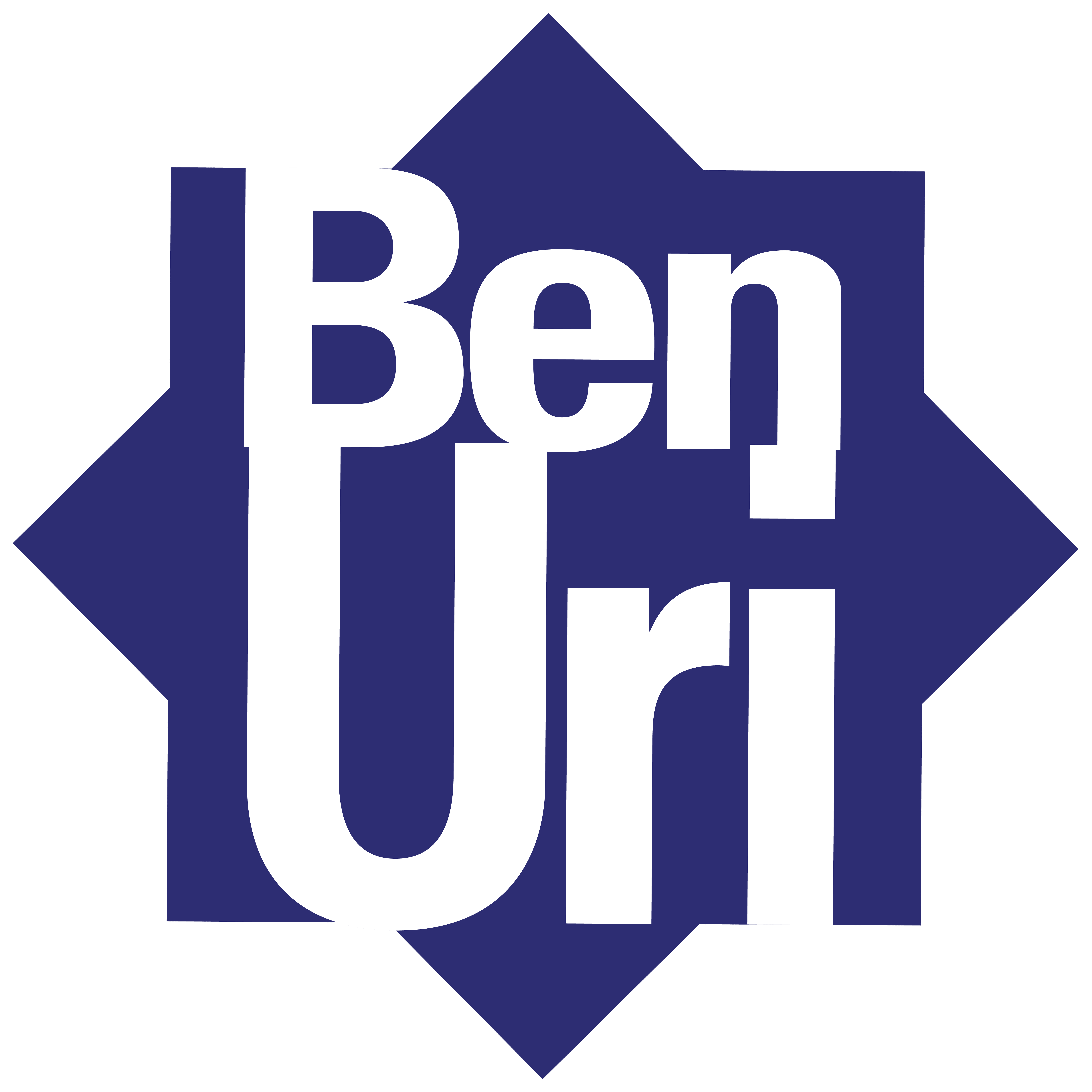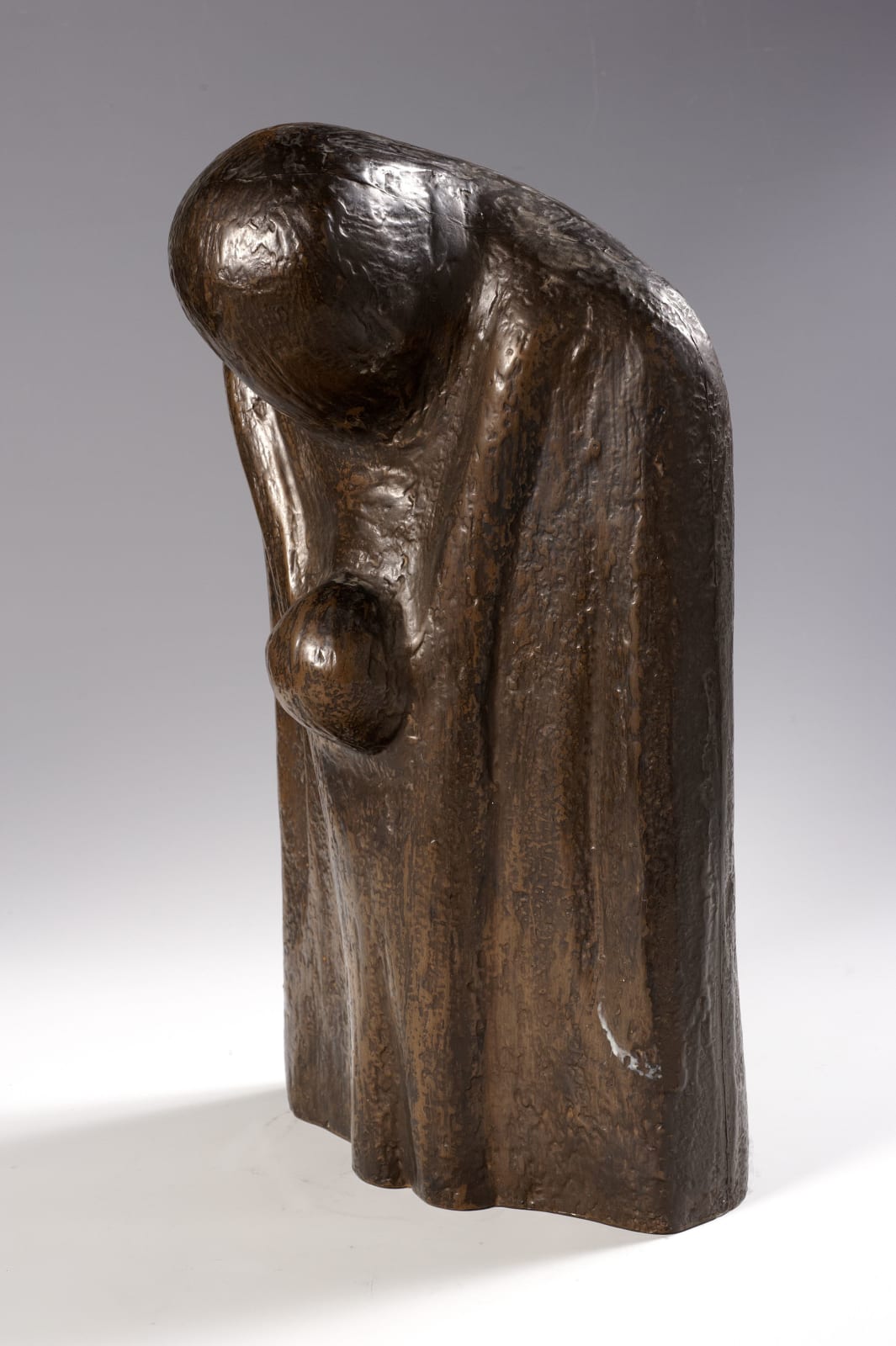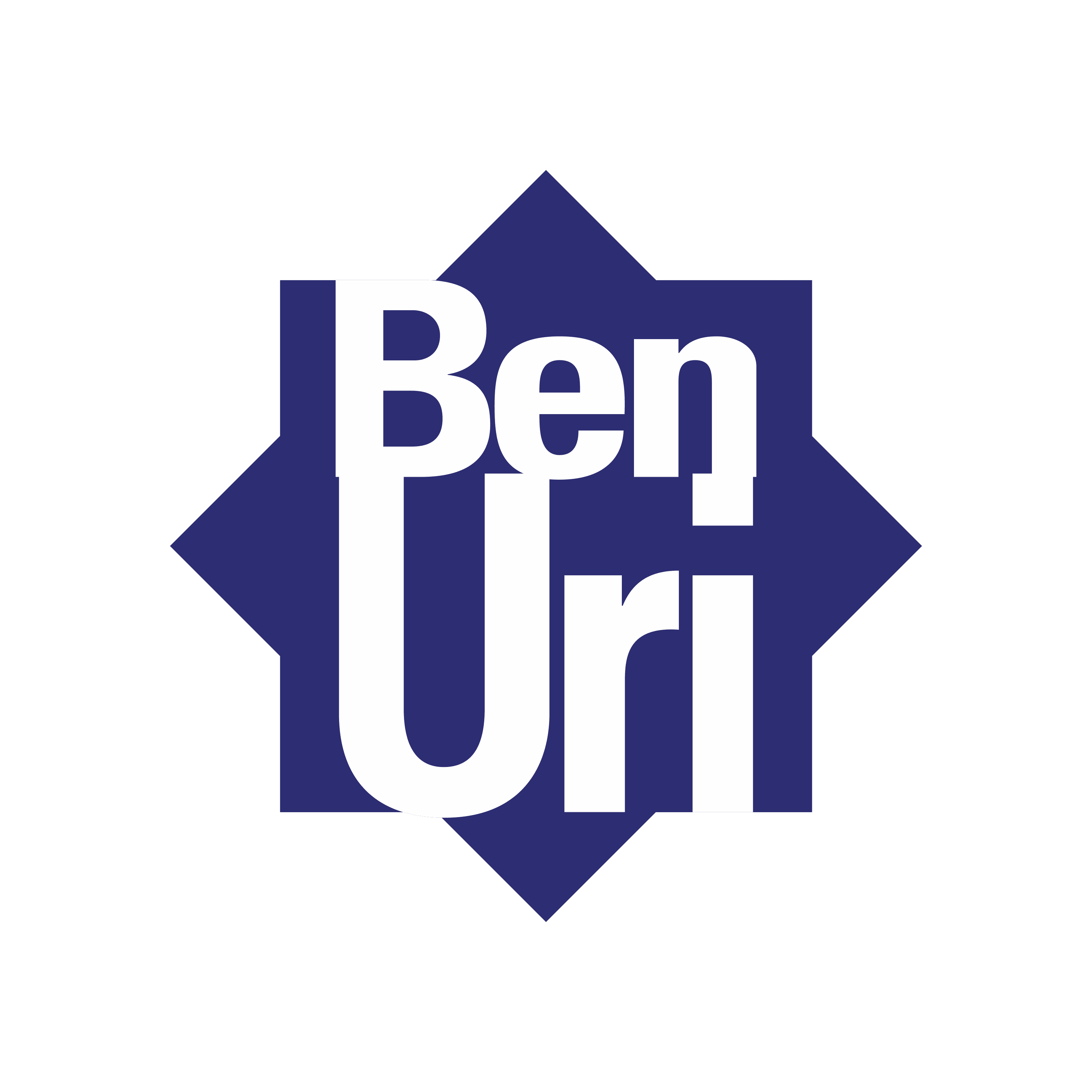Artist Naomi Blake
Accession number 1990-13
Abram is asked by God to migrate from Ur of the Chaldees to the promised land. He is told that he will become the father of a great nation and be a blessing to the whole human race by doing so. He and Sarai are childless but, following God's promise, Sarai conceives and then Isaac is born. Abraham, as he is now known, then faces a dilemma as the nations and people's that surround him all sacrifice their firstborn to the gods in the belief that they will then bear large families. Should he and Sarah do as others around then do, in other words as a migrant assimilate in the surrounding culture, and, what would doing so say about the God that have encountered and who has called them?
In this respect, God seems to act like all the other gods and demand the sacrifice of the firstborn and Abraham obediently complies, despite Isaac questioning what it is that they are doing. Then, at the last moment as Abraham raises a knife over his son, an alternative - an animal sacrifice - is provided and Isaac is saved. The nation founded by Abraham through Isaac goes on to repudiate human sacrifices and initiate a system of animal sacrifices instead. In this way, Abraham does not assimilate in a key aspect of then current religious practice and learns that the God he has encountered is significantly different from those of the surrounding nations. As a result, this becomes a founding story for the people of Israel. Abraham makes different choices to the family of his nephew Lot and these enable his descendants to be a distinctive people following a different God and thereby bring light to the surrounding nations.
Naomi Blake’s sculpture of ‘Abraham and Isaac’ shows a large, ominous, overbearing Abraham overshadowing his small son who, nevertheless, reaches up towards his father, arms extended in embrace. The power that Abraham has for good or ill over his son is clear yet the emotive plea of the threatened Isaac matches and overpowers his father, as God intended it should.
Provenance
presented by the artist 1990Exhibitions
1991 Six Jewish Artists (Judy Bermant, Naomi Blake, Daniel Gibson, Adam Green, Ricky Romain, Barbara Shukman), Julius Gottlieb GalleryLiterature
Walter Schwabe and Julia Weiner, eds., Jewish Artists: the Ben Uri Collection - Paintings, Drawings, Prints and Sculpture (London: Ben Uri Art Society in association with Lund Humphries Publishers Ltd, 1994), p. 117.'Art' (review of Six Jewish Artists', Jewish Chronicle, 11 October 1991, p. 22


























